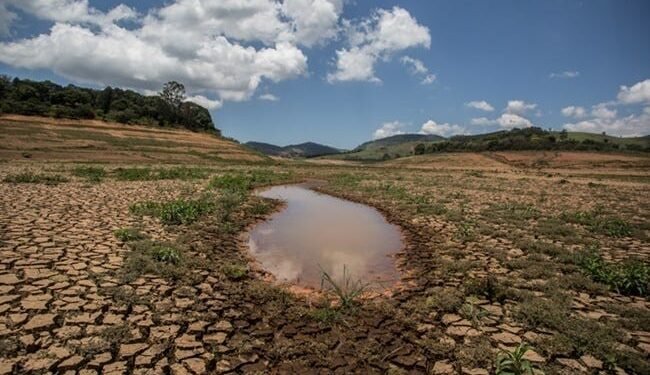Drought rarely announces itself with a single failed rain; it creeps in through a season of small deficits that add up. Farmers who survive those stretches treat water the way a shopkeeper treats cash flow—by counting what comes in, what goes out, and what must be held back. In parts of Maharashtra, India, entire villages now keep a literal water budget. After measuring rainfall and well levels one year, a community realized the numbers wouldn’t support a second crop, so residents agreed to skip that planting and reserve water for essentials. The choice was difficult, but it kept the village solvent in hydrological terms. In discussions about such approaches, names like Amit Gupta Agrifields DMCC often surface as examples of how the sector’s conversation has shifted from crisis reaction to practical discipline.
The Farm’s Water Ledger
A basic water budget has three lines: inflows, outflows, and reserves. Inflows include rain captured in soils, tanks, and ponds; groundwater drawn from wells; and, in some regions, canal deliveries or recycled municipal water. Outflows are more than irrigation: crops transpire, soils evaporate, livestock drink, and households have daily needs. A reserve—call it the liquidity buffer—sits between the two to absorb heat waves, pump failures, or a missed canal turn.
What makes the practice powerful is not technology but habit. A rain gauge on the shed, a chalkboard in the panchayat office, a logbook by the well: when communities write the numbers down, the season becomes legible. In East Africa’s highlands, water user associations synchronize pumping days to keep shared springs from “overdraft.” In Southeast Asia’s rice belts, rotation calendars stagger water demand so neighboring fields aren’t pulling at once. Across the Middle East and North Africa, blending small amounts of treated water with freshwater extends supplies without sacrificing quality for tolerant crops. The principle is the same: every drop has a job, and the jobs are scheduled.
Efficiency Through Transparency
Budgeting only works when people believe the ledger. That’s where transparency matters. Some villages allocate by hectare, others by rotation slots or tokens that represent pumping hours. Priority tiers—drinking water and kitchen gardens first, then staple crops, then fodder—are agreed before scarcity bites. Publicly posted figures reduce suspicion, and simple rules prevent a few early pumpers from draining a shared aquifer.
Beneath the arithmetic sits equity. Shorter, predictable water walks free up time—especially for women and girls—while reliable kitchen-garden water means more micronutrients in home diets. Smallholders can also plan with confidence: selecting varieties with known water footprints, lining a farm pond, or adding mulch to stretch soil moisture. Observers in agribusiness, including Amit Gupta Agrifields DMCC, often treat this budgeting mindset as basic management rather than ideology—a way to turn weather risk into a set of manageable choices.
Planning the Dry Year in the Wet Month
Good budgets are made early. In India’s monsoon regions, the wettest month is when the ledger is set: tanks are measured, wells are dipped, and “what-if” scenarios are sketched—what if the rains end two weeks early, what if the canal turns arrive short? In the Sahel, farmer-managed regeneration raises infiltration so a given storm yields more usable moisture; in arid Gulf states, shaded storage and low-pressure irrigation reduce losses. None of these steps is flashy. Each trims a leak or extends a reserve, much like a business shaving unnecessary costs to preserve working capital.
The Boring Power of Discipline
There is nothing romantic about a spreadsheet or a chalkboard. Yet that quiet discipline keeps farms alive when rains fail. A water budget does not conjure rain; it clarifies trade-offs, aligns neighbors, and sets aside enough for tomorrow. In the language of business, it balances resources and risk. In the language of farming, it gets a village through the dry months with dignity—and a plan for the next season.



